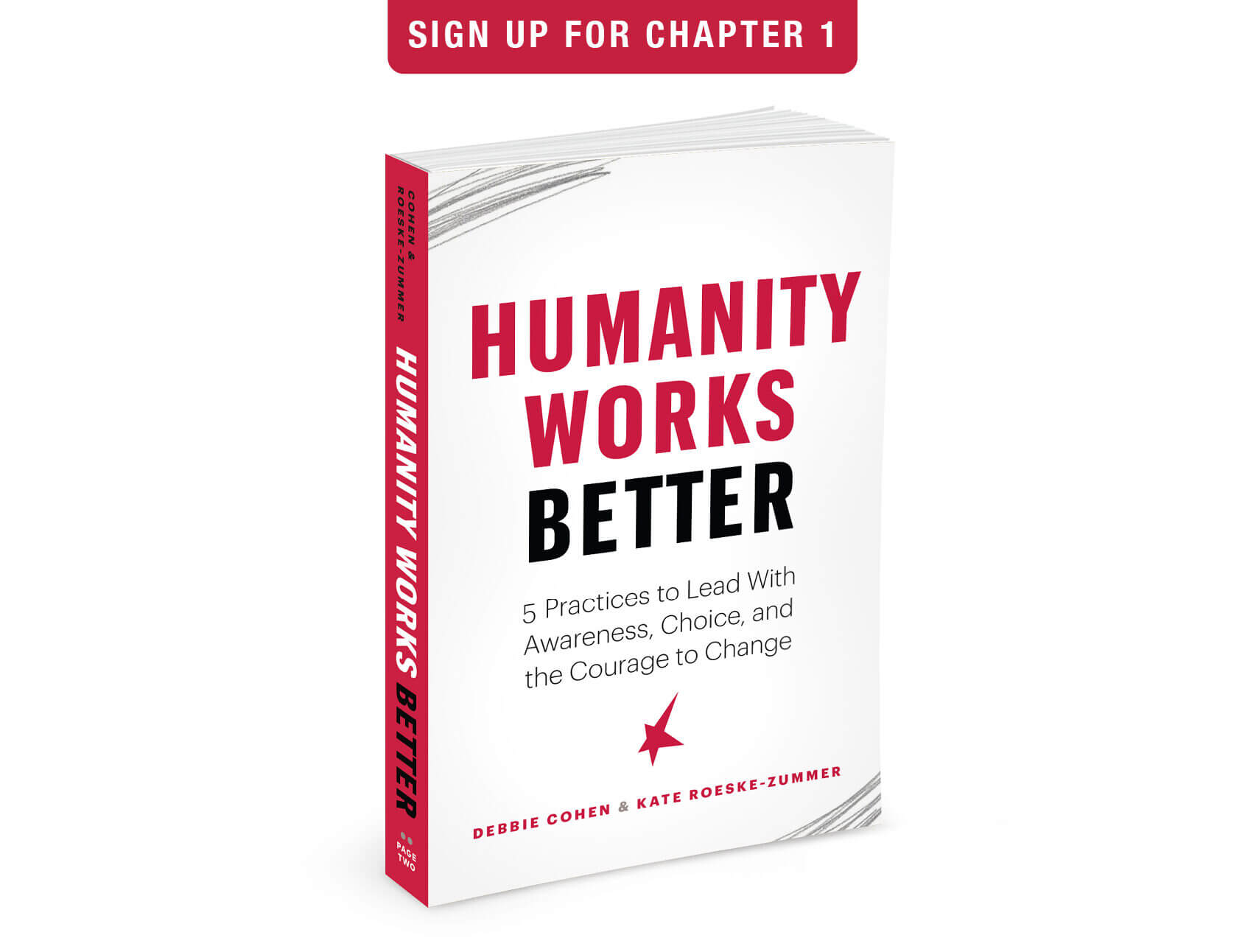
Exposing The Toxic Behavior of Bullying takes on the tough topic of bullying and concludes our three-part mini-series devoted to the challenge of working with difficult people. This series calls out the toxicity present inside too many workplaces, shines a light on how these behaviors erode culture and productivity, and offers some practical first steps that you can start to act on.
The first two articles in this series examined how to respond to incivility in your workplace so you can still thrive and we offered insights and options for how to respond when you are the target of discrimination through the subtle acts of micro-inequities. These articles: Put Civility to Work and Small Actions Can Create Unintended Impacts can be found on our website.
Baron Christopher Hanson in his article Diagnose and Eliminate Workplace Bullying defines bullying as, “Individuals or groups who use aggressive or unreasonable tactics against co-workers or subordinates persistently.”[1] This behavior is overt, aggressive, and hard to escape. Bullying repertoires typically include victim intimidation, degradation, and humiliation. It includes but is not limited to:
- threatening behavior – could be emotional or physical
- verbal abuse, including yelling to the point people are afraid
- shaming another or subordinate for mistakes
- using and abusing positional power
- humiliating another person
- making false claims or fake evaluations against another
- imploring intimidation or fear tactics
To be clear, humans are perfectly imperfect. We can all have an occasional day when we are not our best and can hurt other people through our words or actions. As a good human, you understand when you’ve made a mess. And even when it is hard, you step up and take responsibility for your actions. Bullying is not an occasional bad day. It is the persistence of toxic, hurtful behaviors.
Bullies are present in a lot of places. You probably first encountered them on the playground or in your neighborhood as a child. Now, the bully may work alongside you as a peer or on an adjacent team. They might hold perceived status, like a customer or client. They may also be sitting in places of positional power, like your boss or key leadership. You might be the bully.
No one likes to deal with toxic behavior, so it reigns unchecked, and in some cases even reinforced. Too often bad behavior is ignored because the people displaying it may be driving desirable business outcomes. The powers-that-be turn a blind eye and ignore the toxicity in return for profits. Characteristics that can be experienced as toxic are often justified because they are desirable business drivers: competitive, aggressive, fearless, commanding. Focus is placed narrowly on the profits produced, while the impact of the toxic behavior is ignored. Too often the toxic behavior is rewarded based on what was delivered, not how it was achieved; a reward for winning at any cost. Reinforcing bad behavior are incentives: compensation, performance bonuses, and promotions. When well-intended others see bad behavior rewarded, even encouraged, they may emulate it. Not because they are bad people, but because the culture is signaling that this is what gets rewarded. Bad behavior goes unreported because employees are apathetic that meaningful change will happen or fear retaliation for speaking up.
Toxic behavior infects your workplace culture. It stifles who can and how they participate, limiting the voices that contribute to solving problems and offering new ideas. It devalues healthy behaviors such as inclusivity and diversity – instead promoting apathy, disengagement, and turnover. Good, smart people do not want to deal with the impact of toxic behavior. When they reach a tipping point, they take their skills and their talents and move on to another company. Often in the hope that they will be able to contribute what they have to offer in a place that makes working together less challenging. Dealing with difficult people is at the heart of what stalls workplace productivity.
How big of a deal is this, really? In April 2017, The Workplace Bullying Institute studied the prevalence of abusive behaviors in the workplace. They asked American workers:
“At work, what has been your personal experience with the following types of repeated mistreatment: abusive conduct that is threatening, intimidating, humiliating, work sabotage or verbal abuse?”
Their findings indicate abusive behaviors in the workplace at an “epidemic level”:
- Thirty million American workers have been, or are now being, bullied at work; one-in-five American workers are victims
- Another 30 million have witnessed bullying behaviors in the workplace; one-in-five American workers
- 63% of respondents are aware that workplace bullying happens
- Only .3% admit to being a “perpetrator” of abusive behavior
What do we actually know about bullies other than their behavior is toxic? Ditch the Label, is an amazing group who believes in a world that is fair, equal and free from all types of bullying. Their mission is to combat bullying by tackling the root issues and to support young people aged 12-25 who are impacted. They did extensive research with people who admitted bullying others and found some important themes[2]:
- Stress and Trauma. Those who bully are very likely to have experienced a stressful or traumatic situation in the past 5 years. And those who bully are likely to come from violent households where they experienced a lot of arguments and hostility. They found that some people do not know how to positively respond to stress and default to bullying others as a coping mechanism.
- Aggressive Behaviors. Sixty-six percent (66%) of the people who admitted to bullying were male. These are not traits males are born with. Rather, aggressive behavior becomes a way of suppressing emotions and coping with issues that affect them; actively taught by society using dysfunctional gender norms and roles.
- Low Self-Esteem. Family dynamics tend to be rocky and those who bully often have feelings of rejection from the very people who should love them unconditionally. To mask how they actually feel about themselves, people who bully redirect attention onto someone else. They try to avoid any negative attention directed at them by deflecting it towards others.
We offer these research outcomes not as excuses, but as a place of understanding, perhaps even compassion. Underneath the façade of a bully is a human being with a deep sense of insecurity. Bullying behavior masks either a deep sense of superiority or most commonly, a deep sense of inferiority. Believe it or not, bullying is a way to protect themselves.
The research article, Why Do People Bully states, “those who bully others are looking to gain a feeling of power, purpose and control over you. The easiest way of doing this is to focus on something that is unique about you – either preying on or creating a new insecurity with an intent to hurt you either physically or emotionally. What happens is, we, as the people experiencing bullying, start to internalize it and we become self-critical. When you experience bullying behavior, it is not a one-off. You are being targeted. It begins to ebb at your confidence, it may affect you physically and psychologically. You may begin to feel depressed, dread going to work, avoid meetings. Your performance may be impacted.”
So what can you do?
Get clear on what you want to be different. What outcome do you want to create? At one point in Kate’s career she was being publicly humiliated by a colleague whom she was collaborating with on a new business pitch. She remembers going to HR and asking what she could do. Her HR business partner asked her: “What do you want differently out of your interactions with this man?” She did not want this man to ever talk to her or anyone else in such a public and a belittling manner. And there it was, she knew what different needed to look like.
Photo by Michael Dziedzic on Unsplash
Set a clear boundary: We are training people how to treat us all the time. If we say nothing, we are, in fact, condoning the behavior. If this behavior continues, and you do nothing, what is the cost to you? To others? A boundary sets forth what really matters to you; a place to claim values that are important to you. They can also imply the natural and logical consequences for not complying with the request being made. In Kate’s example it was how she was willing to be spoken to, and the legal implications he would face if he ever harassed her in that manner again. When setting a boundary, be specific about the lines you are drawing. This is courageous work; you are taking a stand that your needs are important.
Your safety is #1: Standing up for yourself can be scary. Just like in Kate’s scenario, identify and engage the right people who will help and support you, so that you are physically and psychologically safe when this confrontation takes place. In most companies, HR should be of support, and/or your manager. It really depends on who is the perpetrator. You need to feel safe when you approach the situation; if you don’t, pause until you have the right people and plan to back you up.
Preparation is key: Think about the what, how, when, and where you will confront this person.
- Get clear on what needs to be different. It is not a question, or up for negotiation.
- How you begin and set the stage for the conversation will make a difference, as will your tone. The more you can avoid letting your reactive emotion drive the conversation, the better off you will be. Let indignation, fury, and anger fuel your courage, not your tone. Speak from your point of need. Be clear about your boundaries and what needs to be different. Avoid judgement, blame or shame – be the better human.
- When will you have this conversation? Make sure you are both able to be fully present in the conversation. Offer up a different time, if needed.
- Where will this conversation take place? Think about where you feel safe, and also where they will feel safe.
Meet them. The idea of “meeting them” is about your approach. The bravado of a bully is compensating for some pain or frailty they are protecting. So, when you confront them, it’s time to bolster your own bravado, perhaps for the same reason. They think they can talk to you in the way they do. Well, guess what? You get to talk to them from this new place of confidence and self worth. Whatever the genesis of pain that resulted in the bullying behavior, they probably didn’t deserve to be treated that way. And, the same holds true for you. Puff yourself up and stand in your truth.
This is just a start. Have compassion for their pain and know their pain does not need to become yours. Know you deserve to be treated differently and gain clarity around what that can be. Let others have your back. Practice, prepare, and act. An additional resource, “How to Work With Difficult People: Four Skills You Need Today” can be found on our website. And know, when you say “no” to toxic behavior you are bringing humanity to the workplace. We are rooting for you!
Acknowledgements: Our gratitude to Anika Briner and Michelle Zajac for their contributions to this article.
[1] https://hbr.org/2011/07/diagnose-and-eliminate-workplace

About the Authors, HumanityWorks Team:
Kate Roeske-Zummer, Founder and Chief Inspiration Officer
Bringing more humanity to the workplace.
Debbie Cohen, Chief Instigation Officer
Causing transformation of people and systems so both can reach their fullest potential.


